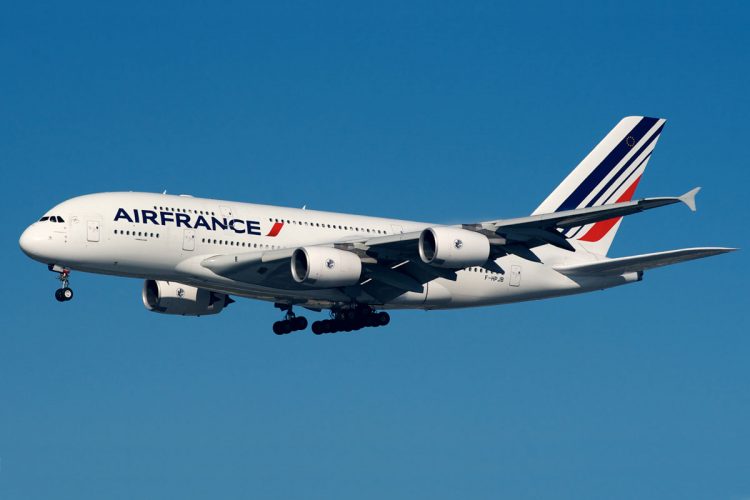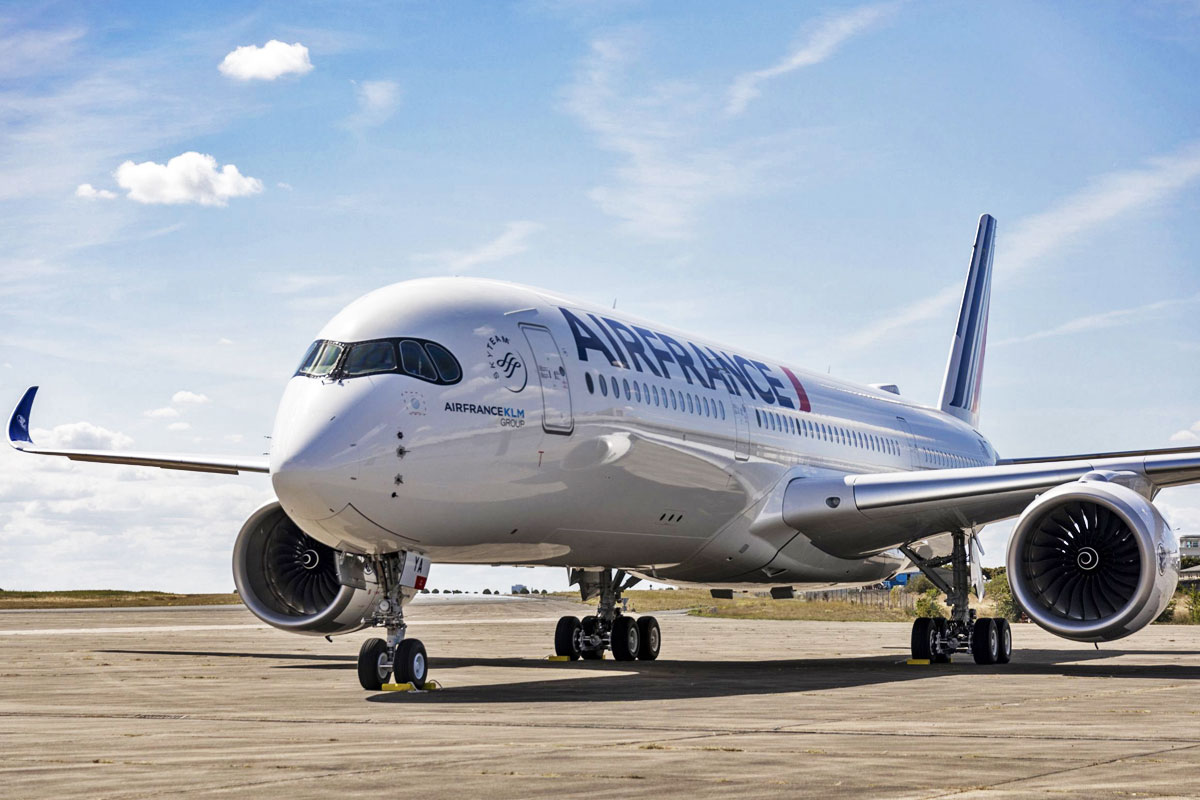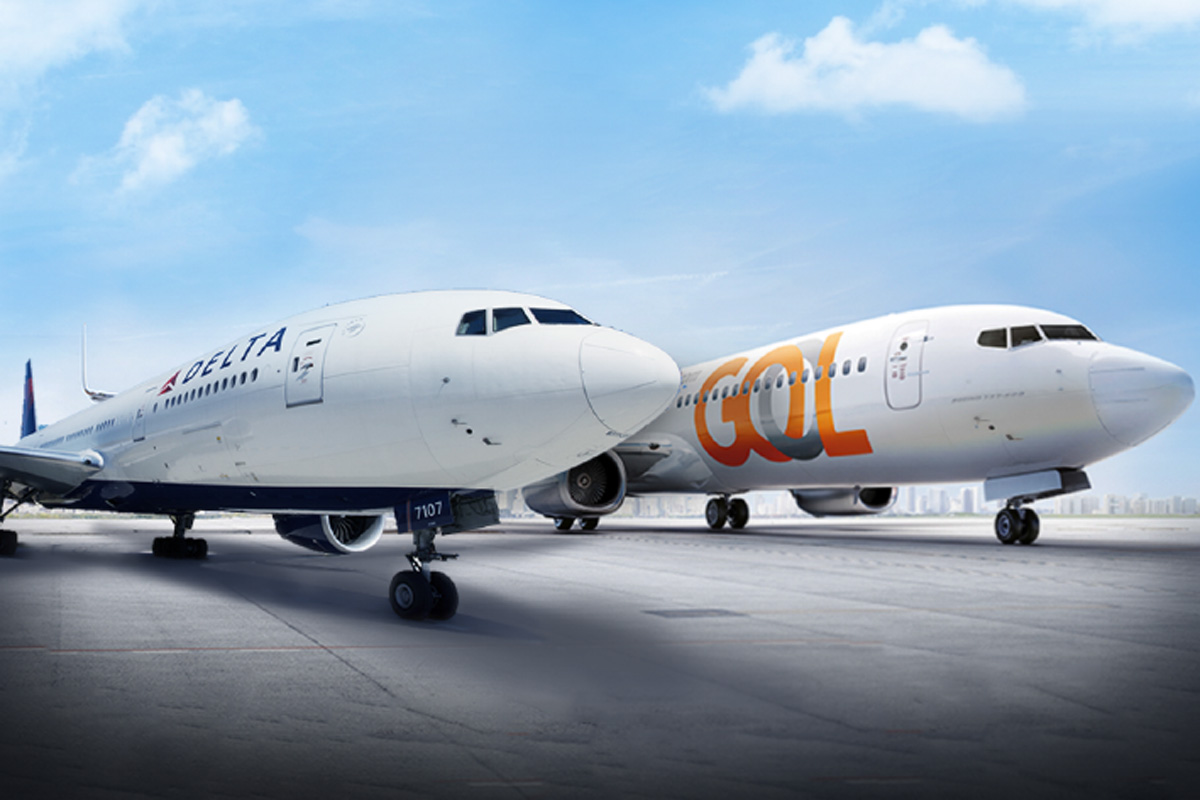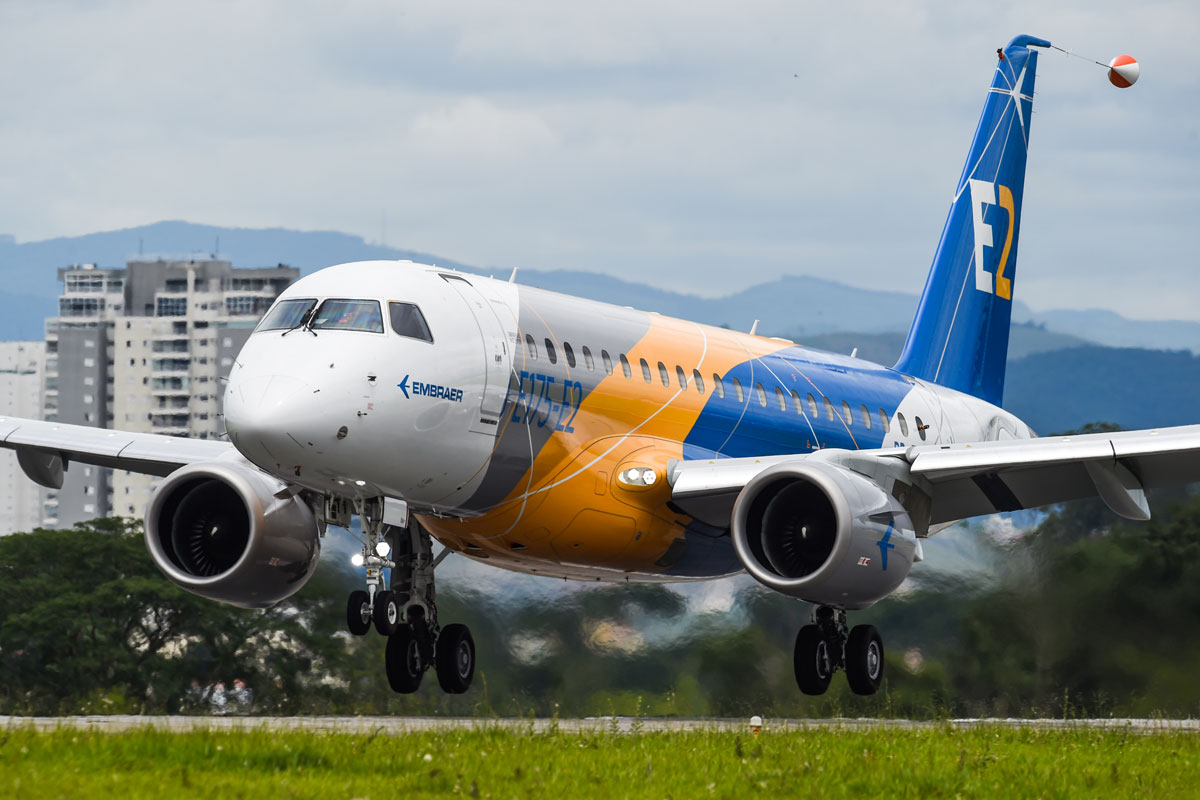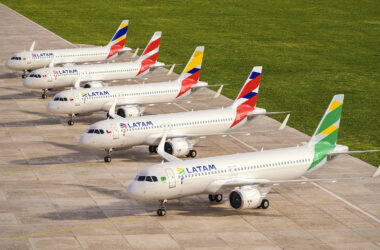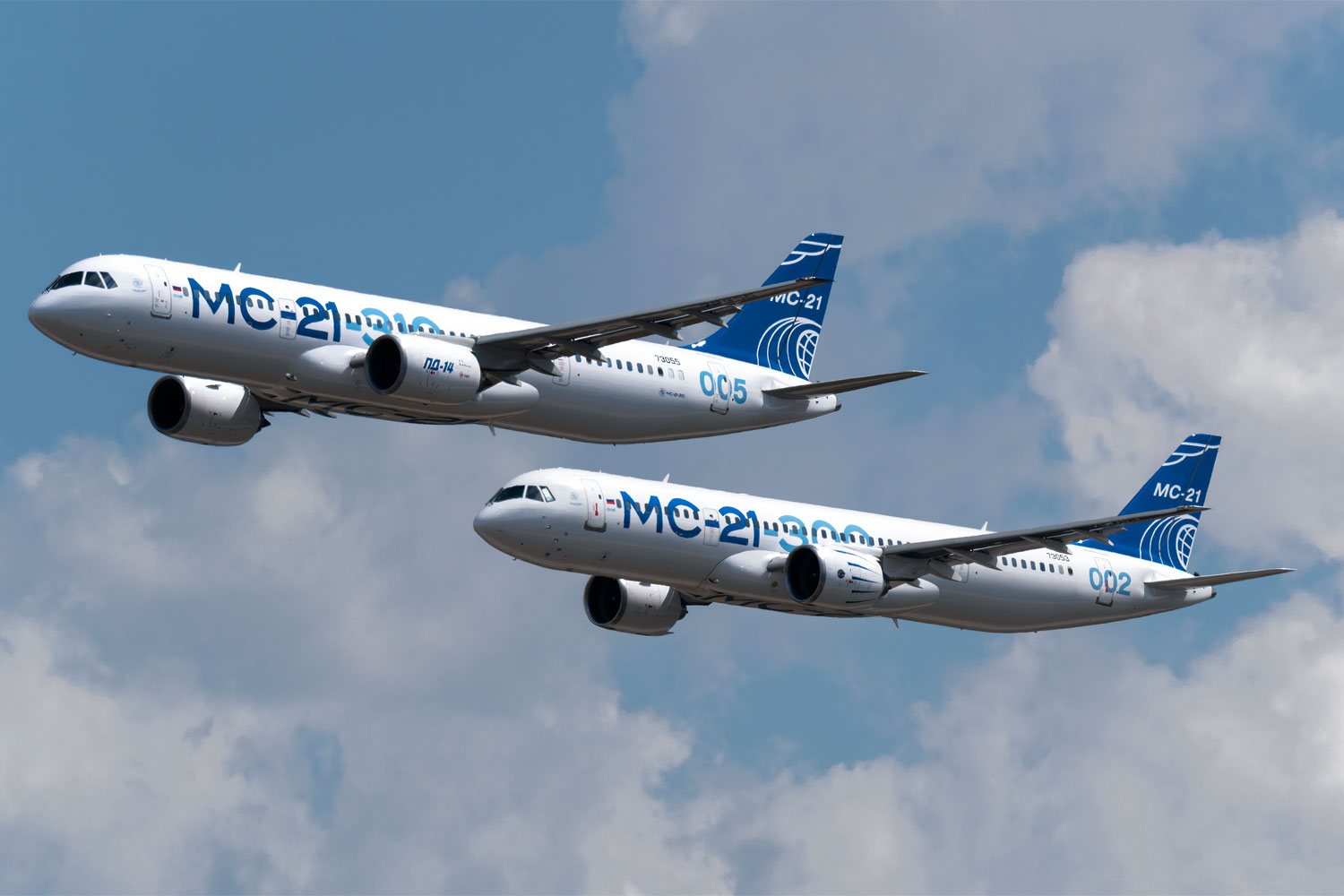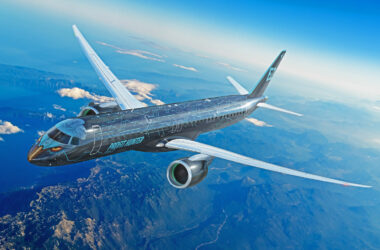Air France announced on Wednesday an additional order for 10 A350-900, bringing the total aircraft to 38 units. The French airline will use the new widebodies to fill the space left by the A380, which is currently being phased out.
With the additional order of the A350, Air France says it is seeking to standardize its fleet to reduce costs. “Rationalizing and modernizing the fleet is central to our effort to regain our leading position in Europe,” said Benjamin Smith, CEO of Air France-KLM Group.
Air France’s intention is to have a long-range fleet of 116 aircraft between the A330 and A350, and Boeing 777 and 787 from 2023. The date is just after the final A380 withdrawal from service by the end of 2022.
Of the 10 A380s received by the airline, one ended its flights late last month and is being prepared to be returned to the lessor, the German group Dr. Peters.
At the same time, Air France has received its first A350-900 in recent months and has three aircraft so far. Previously intended for use by KLM as well, the advanced jet had all units directed to the French company.
KLM, in turn, took over Boeing 787 units that would go to Air France, but retained 10 aircraft that will remain in its fleet.
Unlike the A380, whose complexity and cost of operation have disappointed the company, the A350-900 has exceeded expectations. With 25% lower fuel consumption, equivalent to 2.5 liters per passenger every 100 km, the jet is also 40% quieter and with above average comfort, according to Air France. The Airbus jet is configured with 324 seats, 34 executive, 24 premium economy and 266 economy.
“The first results observed from Air France’s operation of the Airbus A350 are excellent in every way – customer satisfaction, operational performance, and a reduced environmental footprint,” celebrated Anne Rigail, CEO of Air France, who called the A380 obsolete months ago.
